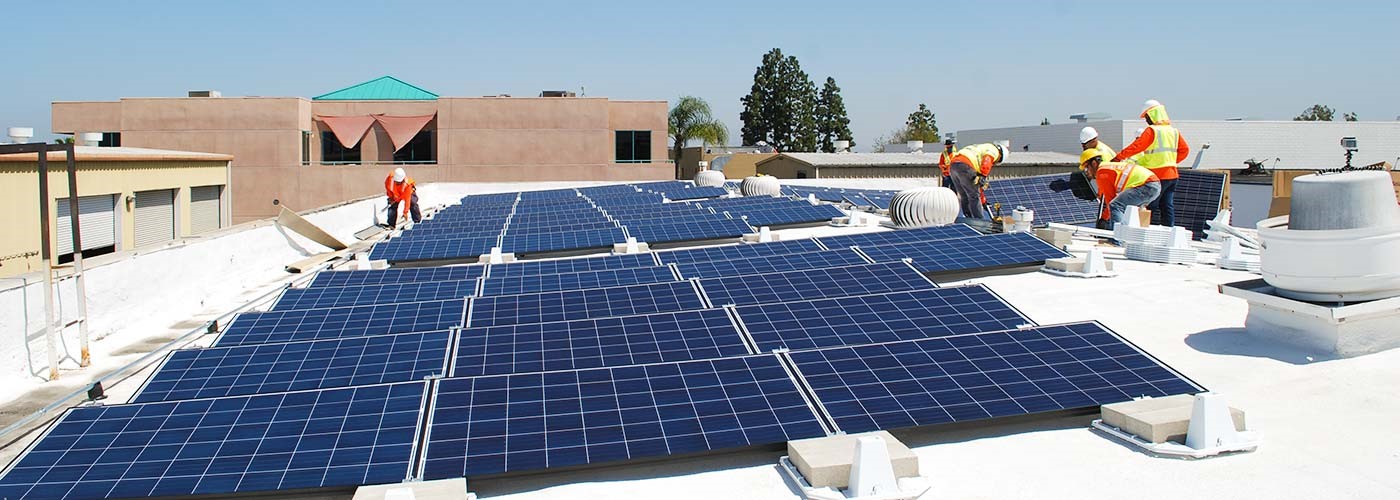Solar Energy, 3 Eye-Opening Things You Didn’t Know
The Science Behind Solar Panels
Solar panels work by allowing particles of lights (photons) to knock electrons free from atoms. This reaction creates a flow of electricity that is able to be channeled and used.
Solar panels are comprised of multiple materials to help the photovoltaic cells generate electricity from the sun. Each photovoltaic cell is a sandwich, the slices of bread are silicon pieces. The top layer of silicon is laced with phosphorous to add electrons and give it a negative charge. The bottom layer is laced with boron, which creates less electrons and a positive charge. When a photon of sunlight breaks an electron free, metal conductive plates collect the electrons and transfer them to wires to be used for electricity to power your home & devices!
In 1954, The First Silicon Solar Cell Was Created
On April 25, 1954 Bell Labs demonstrated the first practical silicon solar cell. A team of engineers researching alternative energy sources decided on harnessing solar power generated from the sun.
First, they used selenium cells that were inefficient in harnessing solar energy.
After failing to produce positive results, they experimented with silicon. They found success with the silicon solar cells at 6 percent efficiency converting sunlight energy into electricity.
The scientists show-cased their newly created solar panel by using it to power a small toy Ferris wheel and a solar powered radio transmitter.
Demand For Solar Is At An All-Time High In United States
As electricity prices rise, more & more people are looking for a way around paying sky-high energy bills. Take a drive around San Diego county and you are bound to see multiple houses with solar installed.
Solar is not only more affordable than before, but it is more efficient as well. With numerous tax credits and incentives in play, more people are making the choice to live in luxury with solar.
The SEIA (Solar Energy Industries Association) states, “The U.S. installed 2.5 gigawatts of solar PV capacity in Q1 2018 to reach 5.9 gigawatts of total installed capacity, enough to power 10.7 million American homes. This represents a 13% increase year-over-year. Total installed U.S. PV capacity is expected to more than double over the next five years, and by 2023, over 14 GW of PV capacity will be installed annually.”
Its Hot. Go Solar. Be Cool!
Solar Energy can be a tricky subject, this post only encompassed 3 facts you may have not known about solar energy.
If you have any additional questions about solar energy or would like to request a free quote, contact us today!



